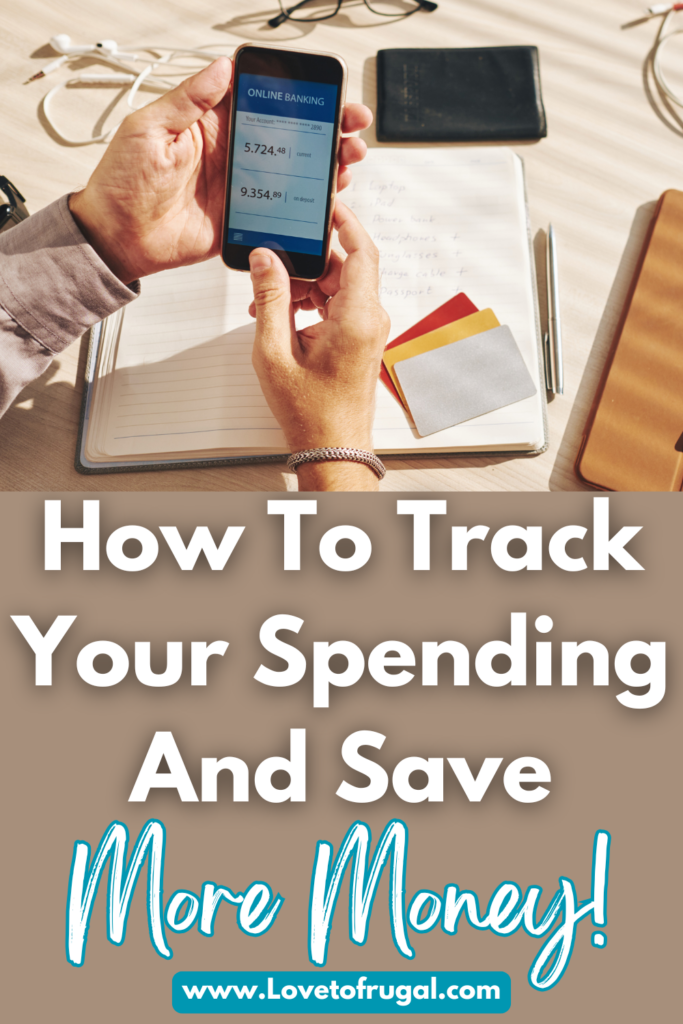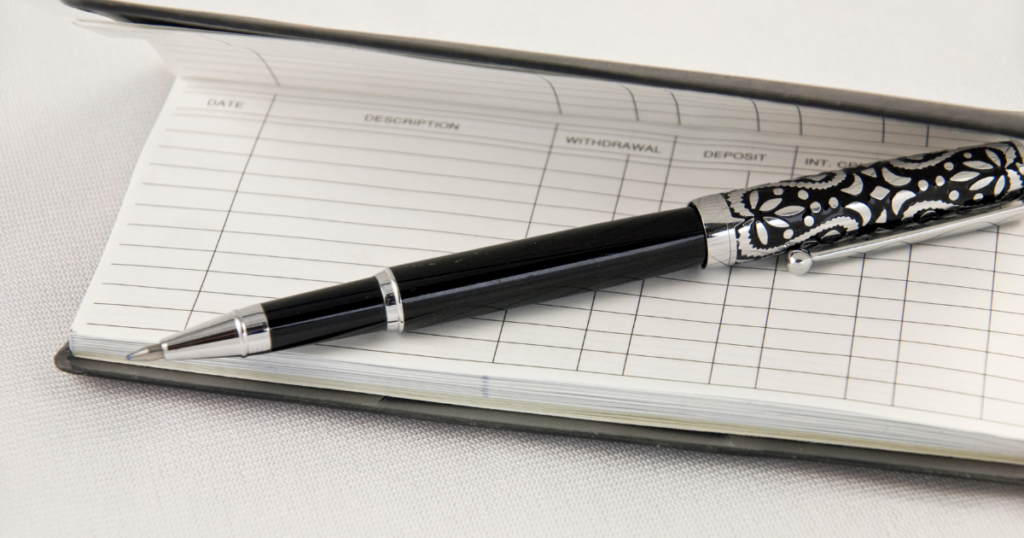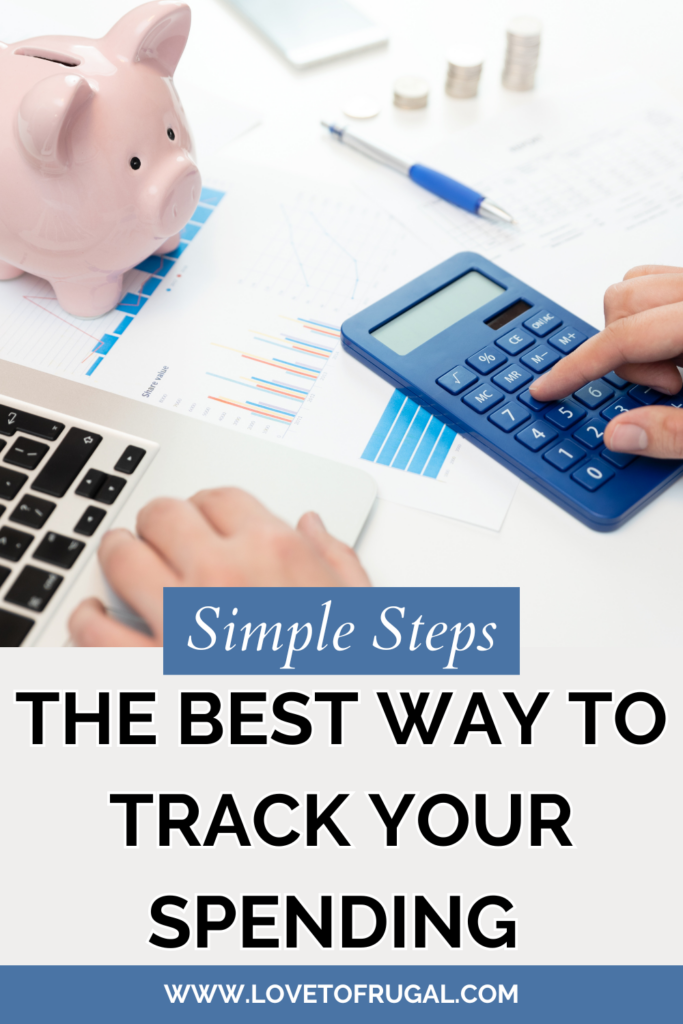How to Track Your Spending And Save More Money
Gaining control of your finances starts with one critical habit: learning how to track your spending. If you don’t know where your money is going, how can you make informed decisions about saving, budgeting, or cutting back? The answer is “You can’t”.
Without a clear understanding of your financial situation, it’s easy to fall into patterns of overspending and financial stress.
I know that tracking your spending might seem tedious at first, but it’s one of the most effective ways to take charge of your money. It allows you to identify areas where you can cut back, make better financial choices, and ultimately achieve financial stability. Whether you’re struggling to make ends meet, trying to pay off debt, or simply looking to improve your financial habits, learning how to track your spending is a game-changer.
Let’s dive into why it’s so important and, more importantly, how to track your spending effectively so you can finally gain financial control.
This post may contain affiliate links, which means that if you buy a suggested product, I will earn a small commission, at no extra cost to you. For more information, see my disclosure page.

Why Tracking Your Spending Matters
Awareness is the First Step to Change
Many people underestimate how much they spend on small, everyday purchases. In fact, most people really have no idea. A daily coffee, fast food here and there, or a few impulse buys can add up very quickly, but when you track your spending, you get a clear picture of where your money is actually going—not where you think it’s going.
By keeping a record of every dollar spent, you become more conscious of your financial habits. Seeing the numbers in front of you makes you question whether each purchase is necessary and helps you align your spending with your long-term goals. Without this awareness, it’s easy to wonder why you’re always short on cash before payday.
Helps You Create (and Stick to) a Realistic Budget
Budgeting is nearly impossible without knowing your expenses. Tracking your spending effectively allows you to categorize your purchases, making it easier to set spending limits for different areas like groceries, entertainment, or dining out.
Once you see the patterns in your spending, you can create a budget that aligns with your actual needs and financial goals. This prevents the common budgeting mistake of underestimating expenses, which can lead to frustration and discouragement. Instead of guessing where your money goes, you’ll have a structured plan based on real data.
Prevents Overspending and Debt Accumulation
One of the biggest financial pitfalls is spending more than you earn. In fact, nearly 43% of Americans spend more than they earn each month. (That’s frightening!!) Without tracking expenses, it’s easy to justify small purchases that eventually lead to significant debt. If you don’t have a clear understanding of how much you’re spending, you might not even realize when you’re living beyond your means.
Tracking your spending ensures you stay within your budget and helps you identify spending leaks—those seemingly minor expenses that drain your bank account over time. By keeping your spending in check, you can avoid unnecessary debt, maintain financial stability, AND significantly reduce your financial stress.

Encourages More Mindful Spending
When you start writing down or logging every purchase, you naturally become more intentional about your spending. That small act of tracking can make you think twice before making unnecessary purchases. Over time, this builds better money habits that lead to long-term financial stability.
You begin to prioritize needs over wants and make financial choices that align with your bigger financial picture. Instead of impulsively buying something, you’ll pause and ask yourself, “Is this really worth it?”
Helps You Reach Financial Goals Faster
Whether your goal is to pay off debt, build an emergency fund, or save for a big purchase, tracking your spending accelerates the process. By knowing exactly how much money is coming in and going out, you can make adjustments to free up more money to put toward your goals.
Financial progress happens when you make intentional choices about where your money goes, and learning how to track your spending is a key tool in achieving that progress. In fact, it’s almost impossible to do a successful budget without doing this step.
Every dollar you save by cutting unnecessary expenses is a dollar you can put toward something that truly matters to you.

Reduces Financial Stress
We all know that financial uncertainty is a major source of stress. When you’re tracking your spending, you remove a lot of guesswork and uncertainty from your financial life.
Just knowing that you have a plan for your money—rather than wondering where it all went—provides a sense of security. It also helps you plan for unexpected expenses and emergencies without panicking. Instead of living paycheck to paycheck, you’ll have a clearer strategy for managing your money.
How to Track Your Spending Effectively
Now that you know why tracking your spending is essential, let’s explore the best ways to track your spending, effectively.
1. Choose a Tracking Method That Works for You
There’s no one-size-fits-all approach to tracking expenses. You’ve got to figure the best way that works for YOU. It needs to be something that you know you stick with. For me, I’ve used a checking account register from the beginning. (They’re free from your bank). It allows me to write down every transaction from checks to (mostly) debit card transactions. It may be old fashioned, but it works for us. Here are a few other methods for you to consider:
- Pen and Paper: (Similar to a check register) Keep a small notebook where you write down every expense. This method is simple and doesn’t require any technology, making it accessible for anyone.
- Spreadsheets: Use Excel or Google Sheets to categorize and total your spending. Spreadsheets allow for easy organization and can be customized based on your needs.
- Budgeting Apps: Apps like Mint, YNAB (You Need a Budget), or EveryDollar can automatically track and categorize your spending, providing insights into your spending habits.
- Bank and Credit Card Statements: Review your statements regularly to track expenses. Many banks provide built-in expense tracking features that can help automate this process.

2. Record Every Single Purchase
No purchase is too small to track. Even if it’s just a $2 coffee or a $5 snack, record it! Small purchases add up over time, and tracking them gives you a complete picture of your spending habits. Every dollar spent should be accounted for so that you get an accurate view of your overall financial situation.
3. Categorize Your Expenses
Divide your expenses into categories such as:
- Rent/Mortgage
- Utilities
- Groceries
- Transportation
- Eating Out
- Entertainment
- Debt Payments
- Savings/Investments
Categorizing your expenses allows you to pinpoint areas where you can cut back and make informed decisions about reallocating funds.
4. Review and Adjust Weekly
Set aside time each week to review your spending. Are you on track with your budget? Are there areas where you overspent? A weekly review helps you adjust before small issues become big problems. Consistently analyzing your spending also makes it easier to identify trends that you might not have noticed otherwise.
5. Be Consistent and Stay Committed
Tracking your spending isn’t a one-and-done task—it’s an ongoing habit. The more consistent you are, the more insights you’ll gain into your financial habits, making it easier to make informed decisions about your money.
Final Thoughts
Tracking your spending is one of the simplest yet most powerful things you can do to take control of your finances. It increases awareness, helps prevent debt, encourages mindful spending, and keeps you on track toward your financial goals. Whether you use an app, a spreadsheet, a checkbook register or a notebook, what matters most is consistency.
If you’ve been struggling with money management, start tracking your spending today. You’ll be amazed at how much clarity and control you’ll gain over your finances!
FAQ
Q: What is the best way to track your spending?
A: The best method is the one that works for you—whether that’s an app, spreadsheet, or simple pen and paper.
Q: How often should you track your spending?
A: Daily tracking provides the most accurate picture, but weekly reviews can also be effective.
Are you currently tracking your spending? If not, what’s stopping you? Let me know in the comments—I’d love to hear your thoughts and help you get started!
For more money-saving tips and strategies, be sure to subscribe to our newsletter at Love to Frugal! You can also follow me on Pinterest, Facebook & Instagram for even more money saving, frugal living tips!
You may also be interested in:
Habits of Highly Frugal People That Save Lots
How To Get Out of Debt With the Debt Snowball
Proven Strategies For Saving More Money On Monthly Bills


